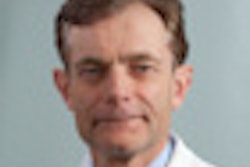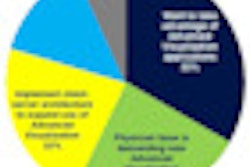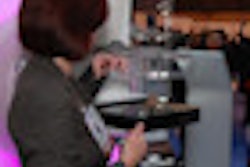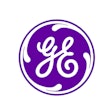Dear AuntMinnie Member,
Is it time to reconsider how radiology groups use teleradiology? Dr. Giles Boland of Harvard Medical School raised the provocative question in an editorial this week.
Teleradiology was embraced enthusiastically from the start by radiologists, who saw the technology as freeing them from the tyranny of night call. But if it was once a servant to radiologists, teleradiology has now become master, as teleradiology providers have subverted radiology's traditional business model, in some cases contracting directly with the hospitals that are radiology's clients.
Outsourcing the least desirable part of work to other firms sends the wrong message to radiology's customers and diminishes the value proposition that radiologists offer, Dr. Boland argues. Instead, larger radiology groups should consider "taking back the night," and bringing off-hours interpretation back into the fold.
It might be difficult to put the genie back into the bottle, but Dr. Boland believes that traditional radiology groups have advantages that could give them the edge -- as long as they maintain a focus on what's best for patients. Read more by clicking here.
When you've finished reading the article, visit our Forums to let us know what you think -- a discussion is already under way. Just click here to join the conversation.
Better Alzheimer's prediction
Imaging continues to provide Alzheimer's researchers with better tools to predict who will get this dreaded disease. Today we explore a study published in Radiology in which a Duke University team combined MRI, PET, and biomarker data from cerebrospinal fluid (CSF) measurements to more accurately assess whether people with mild cognitive impairment will progress to Alzheimer's.
Existing techniques for predicting conversion to Alzheimer's are based on patient demographic factors, with misdiagnosis rates as high as 41.3%. Adding MRI, PET, and CSF measurements to the mix can improve the rate significantly, the researchers found.
Click here to find out by how much, or visit our Molecular Imaging Digital Community at molecular.auntminnie.com.



















